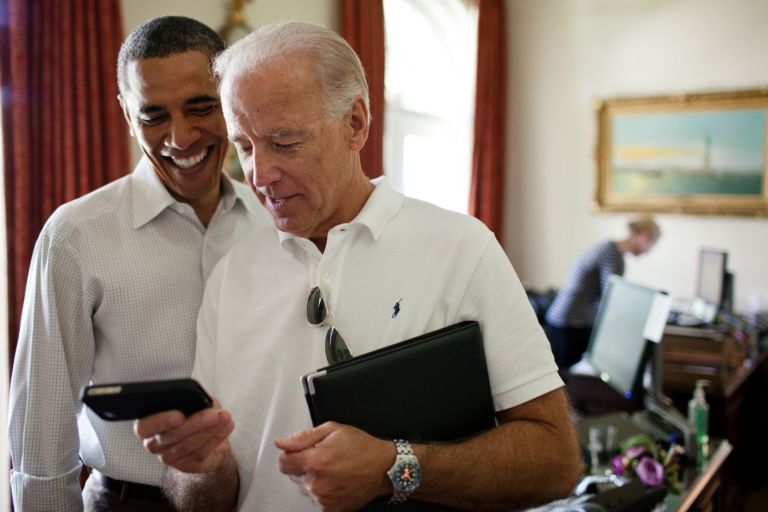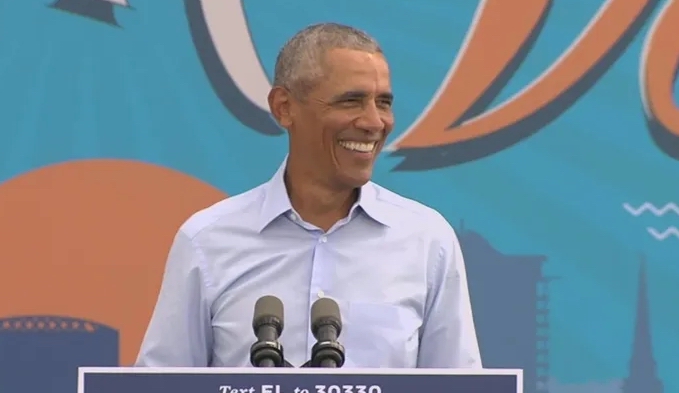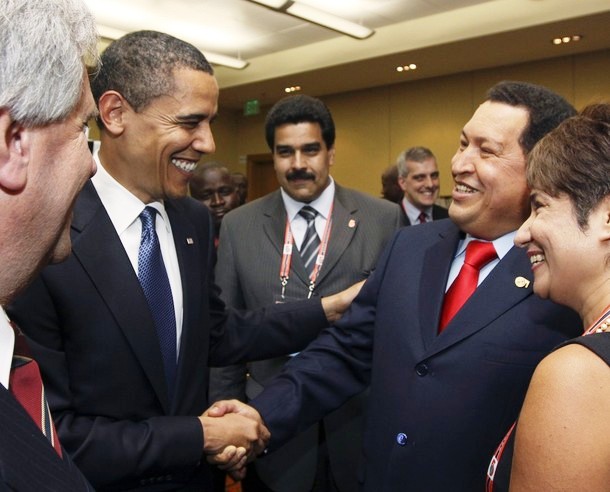Mark Hemingway writes for the Federalist about a welcome reassessment of the 44th president.
Barack Obama is often hailed as one of the greatest orators in modern politics. While he had undeniable gifts in that department, as someone who attended a number of his speeches in person, I never quite understood all the praise. Setting aside his career-making “red states, blue states” speech at the 2004 Democratic convention — a plea for political moderation he spent his time in office repudiating — the only memorable things Obama said were either campaign pablum such as “hope and change,” or remarks that were unintentionally revealing.
In the latter category, my personal favorite remark was this comment about congressional Republicans from 2013: “We’re going to try to do everything we can to create a permission structure for them to be able to do what’s going to be best for the country,” he said.
“Permission structure” is a phrase that’s been used by marketing executives for many years, and was apparently in common usage at the Obama White House. The idea is “based on an understanding that radically changing a deeply held belief and/or entrenched behavior will often challenge a person’s self-identity and perhaps even leave them feeling humiliated about being wrong. … Permission Structures serve as scaffolding for someone to embrace change that they might otherwise reject.”
While there’s more overlap between politics and marketing than anyone would like to admit, the naked use of jargon that comes from the world of consumer manipulation betrays a remarkably egotistical approach to politics. There was no need to address honorable disagreement to Obama’s policies, which were politically extreme and consistently opposed by voters. The White House just needed to create, with the help of a slavish media, narratives that could help people admit they were wrong and come around to his way of thinking.


